As risk managers, we spend a lot of time preparing for the worst. And yet, preparation can’t protect you from everything. When disaster strikes, sometimes the best you can do is keep smiling – even if it is through gritted teeth – and carry on, logging those lessons for next time.
In the risk management world, we often talk about the importance of preparation.
The idea is simple in theory: if we understand the risks we face, measure them, scenario test them, come up with mitigation strategies, strengthen controls, and buy insurance, we will become resilient.
Of course, the reality is more complicated.
Risks are hard to measure and quantify, uncertainty is high, threats are interconnected, insurance is sometimes hard to secure, and you can’t anticipate every disaster.
A great example of this was the production of this very issue of StrategicRISK magazine.
A technological disaster meant that we lost huge chunks of work, just weeks before going to press. With the deadline fast approaching, the team had to pull together to bridge the gaps on a very tight timescale.
WHAT DID I LEARN FROM OUR MINI-CRISIS?
The first thing is that preparation really is important. For instance, we always build in a decent amount of extra time between the “press deadline” and when the files are sent to the printers. Without that buffer, you might not be reading these words today.
Another lesson was the importance of flexibility and teamwork. You can’t weather a crisis alone, and getting everybody on board is critical.
Everyone needs to know the score, and what needs to be done (and by when) to successfully avert disaster.
“Buff your preparations, so that when a disaster hits (and it will), you’re better able to respond.”
In terms of flexibility, I was grateful to have a sufficiently diverse “supply chain” of super-talented journalists who could help to get things back on track. Not to mention our tireless designer.
What else is essential in a crisis? A cool head and a good sense of humour. In business, we’re all beset by challenges big and small every day, and sometimes all you can do is grit your teeth and carry on.
Being able to stay calm, and see the wood from the trees is critical.
Lastly, reflections are invaluable. As human beings, we learn best from our mistakes, and the most important thing is cataloguing what happened, and what you’d do differently next time.
Buff your preparations, so that when a disaster hits (and it will), you’re better able to respond.
LOOKS LIKE WE MADE IT
Despite the difficulties, or perhaps because of them, I am immensely proud of this issue, our FERMA special.
Its 64 pages is packed with real-world insights and case studies from companies that are leading the charge in sophisticated risk management.
Our climate report on pp10–23 shares our latest research on how risk managers are thinking about this thorny topic, as well as practical examples from those who are embedding ESG into wider risk management practices.
Our series of spotlights looks at everything from the greatest risks facing the financial sector (and how to tackle them) to how artificial intelligence can be used to bolster supply chain resilience.
And, of course, we speak to a wealth of senior risk professionals about the biggest issues of the day and their predictions for the future, including the entire FERMA board on pp52–57.
Speaking of FERMA, and crystal ball-gazing, if you’re reading this online, then you’re probably gearing up for the conference in Madrid!
Now is always the time when I start to think about the year ahead and what that means for StrategicRISK and the industry it serves. If you’ve got thoughts on this, I’d love to hear them.







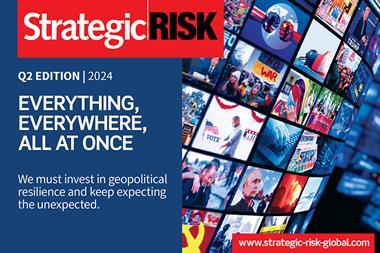
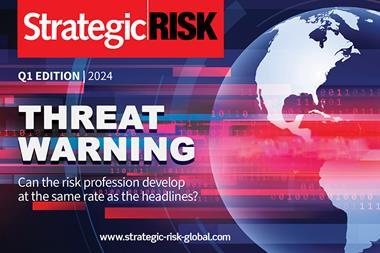

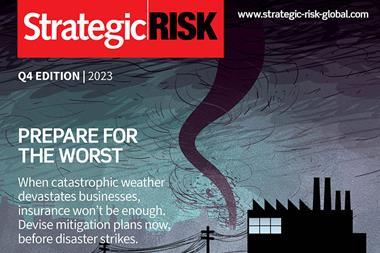
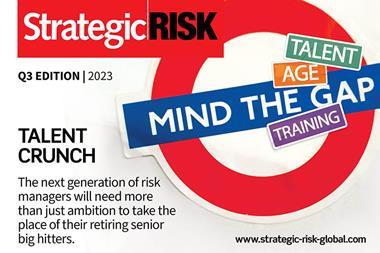
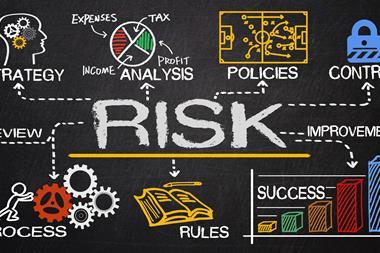
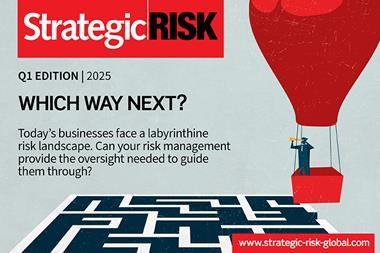



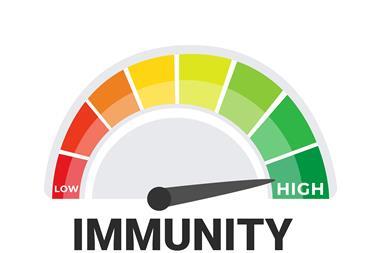




No comments yet